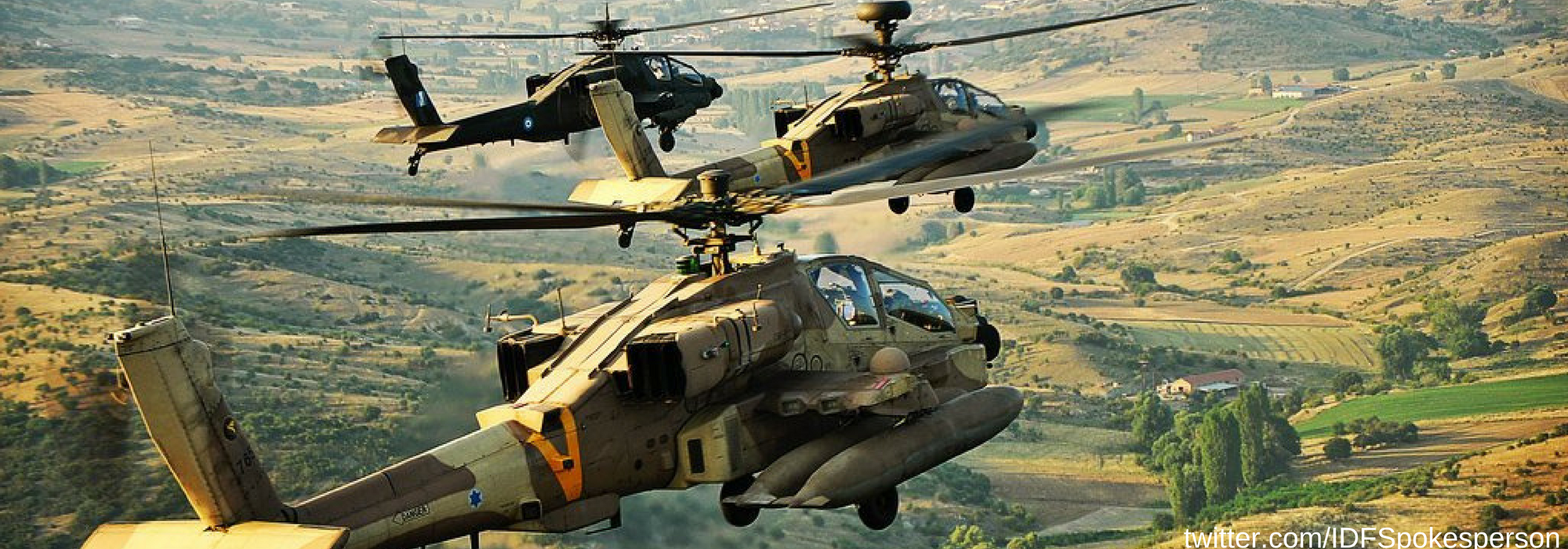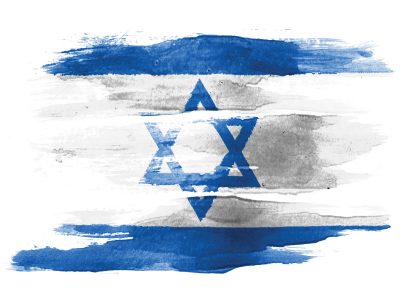
by: Janet Aslin, BFP Staff Writer
 At less than 100 years old, the modern State of Israel is a relatively young nation. Moreover, 74 years ago, when David Ben-Gurion proclaimed the establishment of the state on May 14,1948, its survival was not a given. After the 1947 UN vote to partition Palestine into two independent states, Chaim Weitzman, Israel’s first president, gave this assessment: “No state is handed to a nation on a silver platter…and what the Partition Plan offers the Jews is merely a chance.”
At less than 100 years old, the modern State of Israel is a relatively young nation. Moreover, 74 years ago, when David Ben-Gurion proclaimed the establishment of the state on May 14,1948, its survival was not a given. After the 1947 UN vote to partition Palestine into two independent states, Chaim Weitzman, Israel’s first president, gave this assessment: “No state is handed to a nation on a silver platter…and what the Partition Plan offers the Jews is merely a chance.”
World War II had ended, and Jewish survivors from the Holocaust were fleeing the horrors of Europe, many hoping to immigrate to Palestine, as the area was known under the British Mandate. Faced with a deteriorating situation in Palestine and a lack of support at home, the United Kingdom petitioned the UN for relief and a resolution to the growing crisis.
In response, on May 15, 1947, the UN Special Committee on Palestine (UNSCOP) was created to make a recommendation on its future government. The committee consisted of representatives from 11 neutral nations, excluding members of the UN Security Council and Britain. After an intense, on-site investigation, a majority of the UNSCOP delegates supported the partition of Palestine into two independent states—one Jewish and one Arab.
Although neither Jew nor Arab would receive everything they hoped for under the Partition Plan, for the Jews it provided a ray of hope. In 1878, Naftali Herz Imber penned the words to HaTikvah (the Hope), a poem that would later be put to song and adopted as Israel’s national anthem. A literal translation of the second stanza expresses the deep Jewish longing to be restored to their ancient homeland:
“Our hope is not yet lost,
The hope of two thousand years,
To be a free nation in our land,
The land of Zion and Jerusalem.”
The Jews were willing to take the chance offered and accept the Partition Plan, while the Arabs vehemently rejected it. On November 29, 1947, the UN General Assembly adopted the UNSCOP majority plan as Resolution 181.
On the night of the UN roll call vote, Jews gathered around their radios, and when the results were tallied—33 in favor, 13 opposed and 10 abstentions—they poured joyfully into the streets to celebrate. However, Arab rejection of the UN decision plunged the country into a period of on-and-off conflict that would last until March 10, 1949.
Violent Arab protests of the UN vote began immediately. On November 30, 1947, a Jewish bus traveling near Kfar Sirkin was attacked by Arabs and five passengers were killed. The violence increased during the next five-and-a-half months, until the end of the British Mandate on May 15, 1948.
This was a desperate period indeed for the Jewish community in Palestine. Three separate car bombings of the pro-Zionist Palestine Post, the Ben Yehuda street market and the Jewish Agency resulted in 88 Jewish deaths and hundreds of injuries. The city of Jerusalem with its 100,000 Jewish residents was in a state of siege, cut off by Arab forces and under bombardment from the eastern part of the city. Attempts to break the blockade of the city through the use of improvised armored vehicles brought the Jewish death toll even higher.
There are many stories of heroism, like that of the Lamed Hey (the 35), Palmach (the commando unit of the fighting forces who preceded the Israel Defense Forces) fighters who set out to bring ammunition and supplies over mountainous terrain to isolated Jewish communities in the Gush Etzion Bloc, just south of Jerusalem. Chosen for the difficult mission from among the best, these 35 brave men were ambushed and all killed before they reached their destination. Twelve of the bodies were so mutilated that they could not be identified. Buried by the British in a common grave, their bodies were later buried at Mount Herzl, Israel’s national cemetery.
From November 30, 1947 until Ben-Gurion’s proclamation of the birth of the State of Israel on May 14, 1948, 1,303 Jewish lives were lost. Another 6,373—nearly 10% of the entire Jewish population—died during the War of Independence, which began immediately after the state was declared.
Natan Alterman, an Israeli poet, was celebrating the UN vote when he overheard two of his underground resistance friends discussing how many Jewish lives might be lost if the State of Israel were declared. Their estimate? Perhaps 10,000. His well-known poem, “The Silver Platter,” was born from the realization that the Jewish community would have to fight and suffer for their nation.
The poem describes two young people wearing “the dress of battle, the grime of aching day and fired night” approaching the waiting nation silently. The watching crowd wonders who they are—this boy and girl. Their reply, “We are the silver platter upon which the Jewish State was served to you.”
Israel has chosen to observe Yom HaZikaron (Memorial Day) immediately before Yom HaAtzmaut (Independence Day), this year on May 3 and May 4, respectively. In accordance with the Hebrew way of counting days, Yom HaZikaron begins after sunset and ends 24 hours later. Regular television broadcasting stops, and the names and ranks of every soldier who died for Israel are shown.
When the time of mourning has ended, the nation goes immediately into the joy of Yom HaAtzmaut—the day set apart to celebrate the rebirth of the nation of Israel after 2,000 years of exile. Given the threats Israel faces from Iran and global anti-Semitism, one might say its existence is still merely a chance. But that would negate the words God spoke to Abram, “Also I give to you and your descendants after you the land in which you are a stranger, all the land of Canaan, as an everlasting possession…” (Gen. 17:8).
Photo Credit: Click on photo to see photo credit
All logos and trademarks in this site are property of their respective owner. All other materials are property of Bridges for Peace. Copyright © 2024.
Website Site Design by J-Town Internet Services Ltd. - Based in Jerusalem and Serving the World.